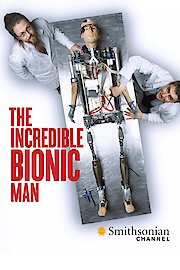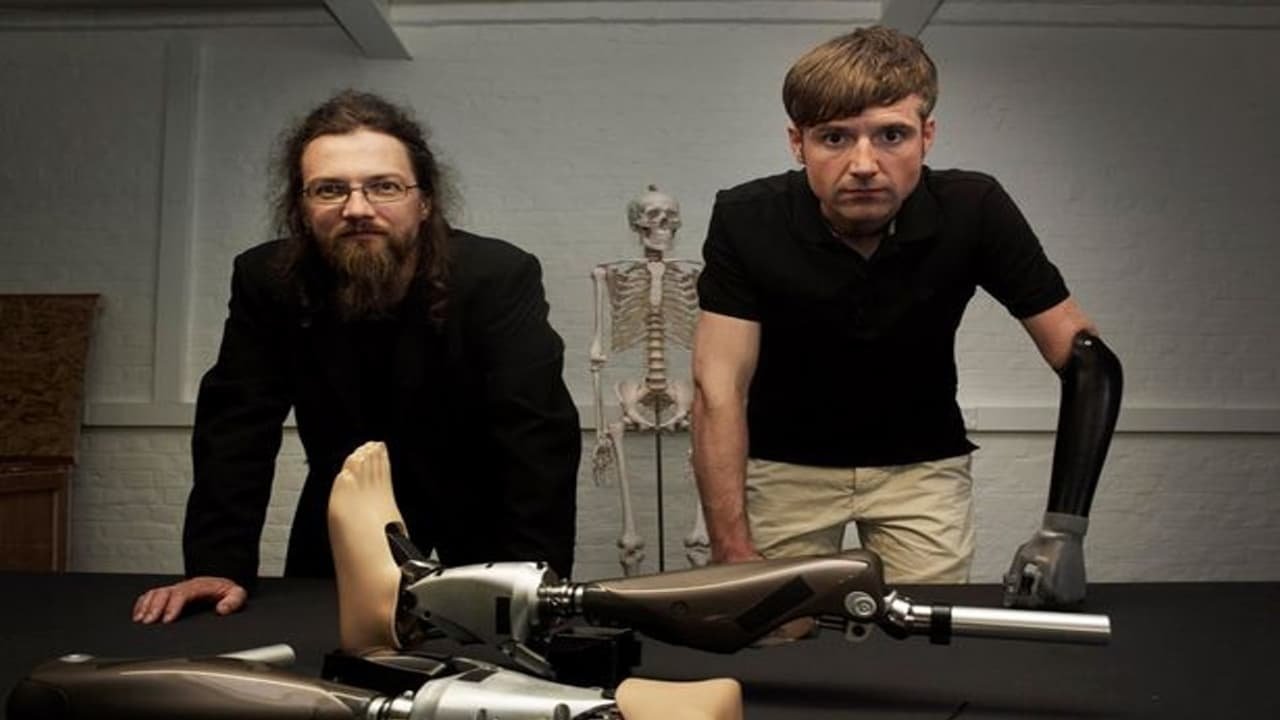-
Genres
-
CastBertolt Meyer
-
DirectorTom Coveney
-
Release Date2012
-
MPAA RatingTV-PG
-
Runtime72 hr
-
LanguageEnglish
-
IMDB Rating6.3 (27)

How To Build A Bionic Man is an intriguing documentary film that explores the latest advancements in bionic technology by taking a deep dive into a groundbreaking experiment of building a life-sized cyborg with the help of world-leading scientists. The star of the show is Bertolt Meyer, a charismatic young man who was born without a left hand and wears a prosthetic one. Meyer is not only the documentary's host but also the blueprint for the bionic man named Rex, as his life experiences have greatly influenced the project's direction.
The film starts with Meyer's backstory and the challenges that come with living with a prosthetic limb. He shares his opinions about current prosthetic technology and expresses his admiration for the idea of creating a bionic man that could potentially surpass human limitations.
This idea leads the documentary into its main topic, as Meyer embarks on a journey to compile the most advanced bionic technology available and create a mammoth-sized cyborg from scratch.
The documentary follows Meyer's travels around the world to meet the experts responsible for developing the cutting-edge technology that could make the bionic man a reality. He talks to scientists working on bionic hands, legs, eyes, and ears, as well as those responsible for developing the technology that will run Rex's nervous system, allowing him to move and have a sense of touch.
Throughout the journey, the film showcases the latest advancements in the field of bionics, frequently presenting viewers with remarkable demonstrations of technology that seem too futuristic to be real. However, everything the documentary shows is real technology, and the scientists working on the project are at the forefront of bionic research.
The film also presents debates surrounding bionic technology, including those who consider it a threat to the human race, arguing that the yearning for a perfect, unbeatable machine is threatening our very humanity. In contrast, others argue that without the technology, those who depend on prosthetics or suffer from disabilities won't have access to full life quality.
As Meyer moves closer to Rex's completion, the documentary shares the technical side of the project. It outlines the components required for Rex to work and the technical complexities of the project. The film presents the insights of experts in various technical fields and highlights the importance of cross-disciplinary collaboration for progress in bionic research.
The documentary culminates in a gripping finale where Rex is revealed to the world. If you think the robotic creations in futuristic movies are impressive, Rex will blow you away. The bionic man is almost seven feet tall, weighing around 200 pounds, adorned in carbon-fiber skin, and equipped with every possible technological enhancement imaginable.
Rex is a fused array of metallic components and electrical circuitry with an ultra-advanced computer mind that incorporates cutting-edge A.I. technologies. Its eyes employ the latest facial recognition tools, providing a tremendous range of image recognition abilities at an impressive speed. Its bionic limbs enable Rex to move more effectively and lift significantly more weight than even the strongest human. Rex has a connected neural system operating electronic components that allow the cyborg to feel temperature, textures, and pressure, providing human-like sensations. Additionally, Rex has a synthetic voice that uses AI technology to create a speaking voice that emulates human speech realism within milliseconds.
Overall, How To Build A Bionic Man is a truly remarkable documentary that delivers on each level, chronicling groundbreaking research into bionic technology, unfolding the technicalities behind the project, and presenting breathtaking footage of Rex's construction. The documentary is both informative and thrilling, making it an excellent addition to any science or tech enthusiast's watch list.
